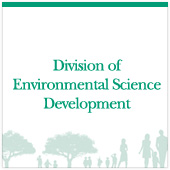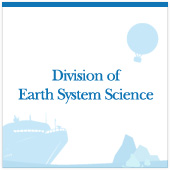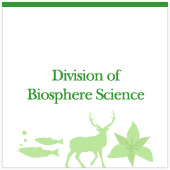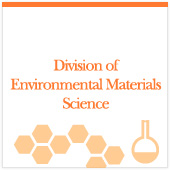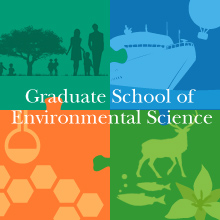Background
Welcome to the Graduate School of Environmental Science
Find our own coordinate axis
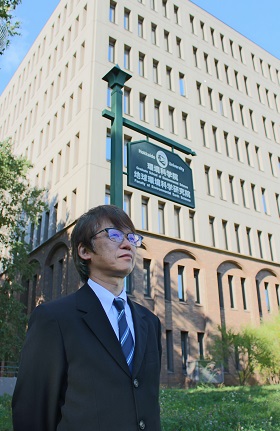
The Graduate School of Environmental Science was established in 1977 as the first graduate school in Japan to focus on Environmental Science. After an era as the Graduate School of Environmental Earth Science, it was reorganized into the current four divisions in 2005. Since its inception many environmental studies have been conducted to obtain overall knowledge of the actual status of various issues regarding global environment, to clarify the individual mechanisms behind those issues, and to provide better solutions to them with scientific evidence. These efforts have deepened our understandings of environmental sustainability, which is an essential background for the United Nations’ 17 Sustainable Development Goals. Meanwhile, global environmental issues and their regional disparities are becoming more and more serious, therefore the social demands toward environmental science are becoming more important.
Environmental Science is a comprehensive field based on pre-existing natural sciences while being strongly connected with social and humane sciences. For this reason, any research in the environmental science must balance the need to present new and universal scientific findings, while at the same time, to promote academic activities with the perspective of addressing environmental issues in 21st century.
Existing highly specialized natural science fields have their own peer-review system according to their own coordinate axis. On the basis of that axis, individual scientific fields develop while the scientific significance of each study is guaranteed by the academic community. However, because environmental science is a newer field of study, we left the coordinate axis to the pre-existing academic fields and has not been so enthusiastic about setting our own by ourselves.
It is difficult to create a single coordinate axis that is inclusive to all the diverse and wide-ranging academic activities of environmental science, as embodied by our four divisions in our graduate school. However, with the 21st century one-fifth passed, Environmental Science at Hokkaido University must mature. Therefore, we are now standing at the place where we should look forward beyond 2030 when most of the SDGs are set to be achieved. Each student and faculty member who aspires to pursue environmental science should present a possible coordinate axis, discuss it deeply, and establish it. I hope that all students who are just starting their careers in our graduate school will join in this effort together.
Graduate School of Environmental Science, Hokkaido University (Hokudai)

Career
- We accept students with strong academic backgrounds on various scientific fields.
- We set up a longer-term course for the people who have a job, with a reduced tuition fee.
- We teach in English for foreign students (EPEES).
Academic Career
- At the divisions of Earth System Science, Biosphere Science and Materials Science, students learn fundamental subjects of environmental science intensively.
- It is possible to study a certain subject specifically in the division of Environmental Science Development after learning fundamental subjects at the master course.
- Another choice is studying same specific subjects from the master course to the doctoral course.
- Students in the doctoral course of the divisions of Environmental Science Development get a wide knowledge about environmental issues.
Job Career
- Researchers with good ability and powerful intention for environment issues. Some of them work in a university or a laboratory in a foreign country for several years.
- Specialists who solve environmental problems synthetically(experts, officer, teacher, staff of the NPO or UN, instructors and so on).
- Staff who work worldwide for the environment.
Structure of the graduate school
We offer advanced education by cooperating with faculty members at seven faculties, reserch institutes, and centers of Hokkaido University.
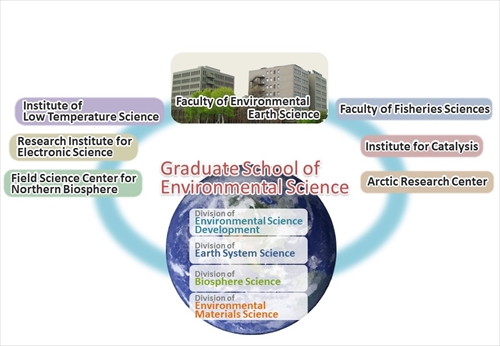
Divisions
Enrollment capacity of the graduate school
- Division of Environmental Science: A new education system by integrating multi-disciplinary approaches of solving urgent problems.
- Division of Earth System Science, Biosphere Science and Materials Science: Teaching fundamental subjects of environmental science.
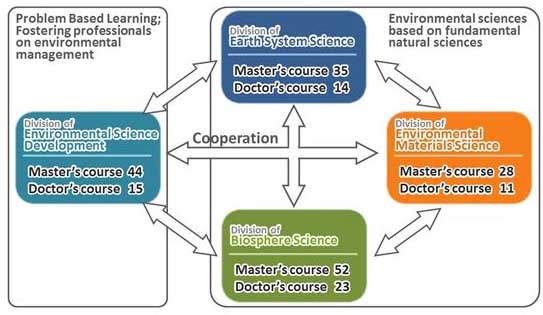
Four Divisions
Division of Environmental Science Development
